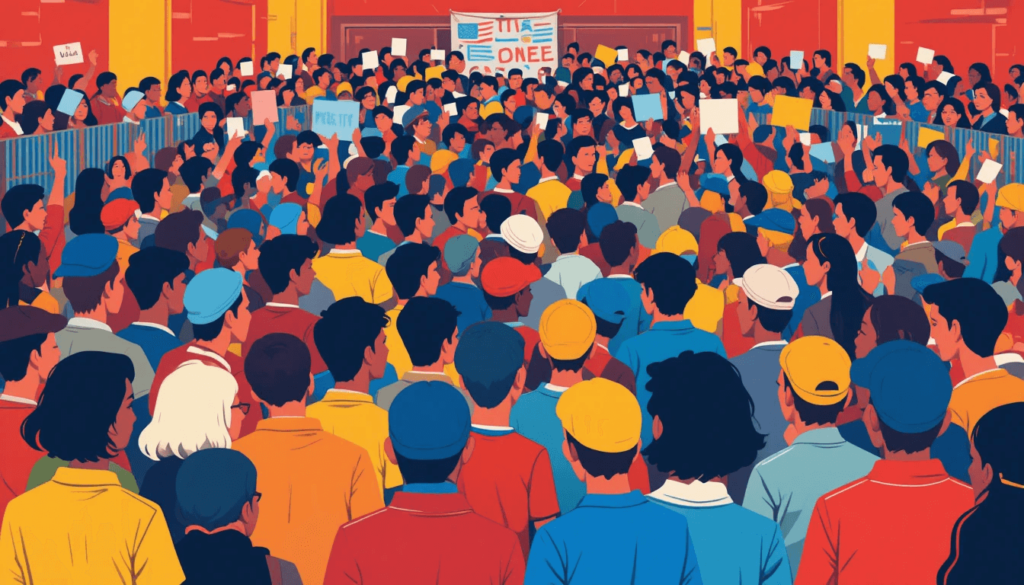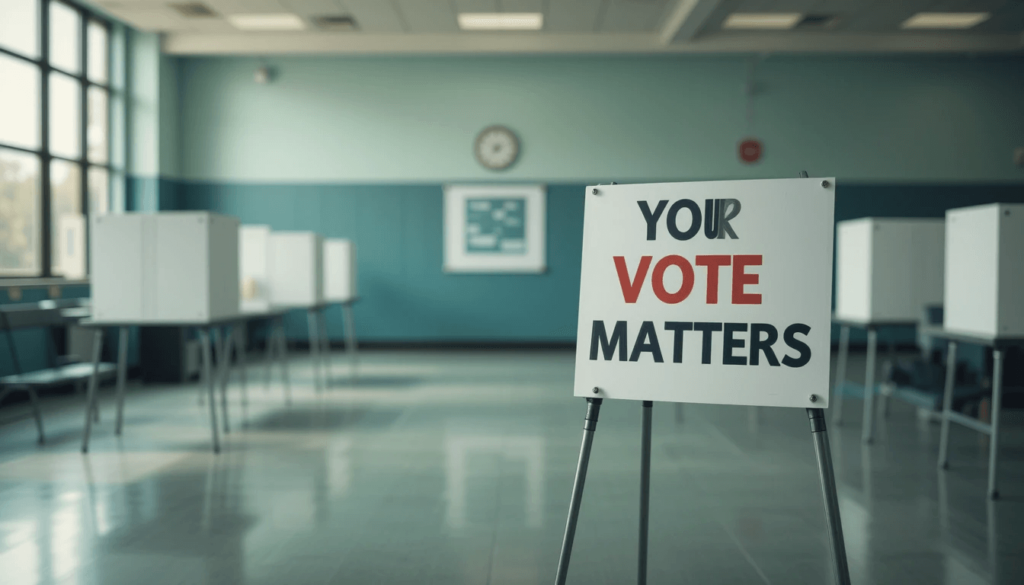The truth about voter turnout is more complex than mainstream narratives suggest. While headlines focus on apathy or access, deeper issues like misinformation, distrust, and systemic barriers shape who votes and why. This blog uncovers these hidden factors, offering insights, examples, and actionable steps to boost participation. #VoterTurnout #ElectionEngagement

Why The Truth About Voter Turnout Matters
The truth about voter turnout reveals why democracy’s pulse is weakening. Low turnout skews representation, leaving policies misaligned with public needs. Understanding the real drivers behind participation is key to strengthening elections.
- Historical Context: U.S. voter turnout peaked at 65% in 1960 but dipped to 54% in 2016 (U.S. Census Bureau).
- Modern Stakes: Low turnout amplifies minority rule, as seen in tight 2020 election margins.
- Impact: Unengaged voters leave critical issues like healthcare or climate change to a vocal few.
Outbound Link: U.S. Census Bureau
Hidden Factors Driving Low Voter Turnout
The truth about voter turnout lies in overlooked barriers. Here are the key culprits:
1. Misinformation and Distrust
False election narratives spread on platforms like X erode trust. A 2024 study found 40% of non-voters cited “rigged system” beliefs as their reason for staying home.
2. Systemic Barriers
Voter ID laws, felony disenfranchisement, and limited polling hours disproportionately affect marginalized groups. For example, 6 million Americans can’t vote due to felony convictions (Sentencing Project).
3. Voter Fatigue
Endless political ads and divisive rhetoric exhaust voters. In 2022, 30% of non-voters said they felt “overwhelmed” by campaigns (Pew Research).

Outbound Link: The Sentencing Project
How The Truth About Voter Turnout Shapes Elections
The truth about voter turnout directly impacts democratic outcomes. Low participation distorts policy and empowers extremes.
- Skewed Representation: In 2018, only 50% of eligible voters turned out, leaving midterm results unreflective of broader views.
- Amplified Extremism: Low turnout boosts fringe voices, as seen in primary elections with 20% participation.
- Policy Gaps: Issues like student debt reform lag when young voters (18-29) turn out at 25% rates (2020 data).
Data Insight: A 2024 Brennan Center report estimated that removing voting barriers could boost turnout by 10-15% in key states.
Real-World Examples of Voter Turnout Challenges
The truth about voter turnout is evident in recent cases:
- 2020 Election: Despite 66% turnout, misinformation on X about mail-in ballots deterred rural voters.
- Georgia 2021: New voting laws sparked debate, with critics arguing they suppressed minority turnout.
- Youth Apathy: Only 13% of 18-24-year-olds voted in 2022 midterms, citing distrust and lack of candidate connection.

Actionable Ways to Boost Voter Turnout
Addressing the truth about voter turnout requires action. Here’s how to make a difference:
- Combat Misinformation: Share verified election info on X and local forums.
- Expand Access: Advocate for same-day registration and more polling sites.
- Engage Young Voters: Use social media campaigns to connect candidates with Gen Z.
- Reduce Fatigue: Support shorter campaign cycles and clearer messaging.
The Future of Voter Turnout: A Call to Action
The truth about voter turnout demands we act now. By tackling misinformation, removing barriers, and inspiring engagement, we can revitalize democracy. Every vote counts—let’s ensure every voice is heard. #VoteMatters #Democracy





